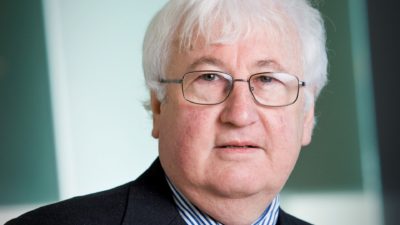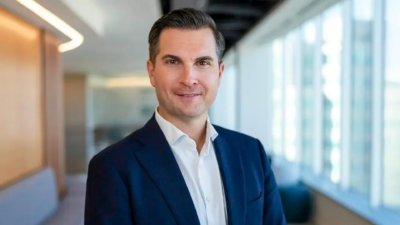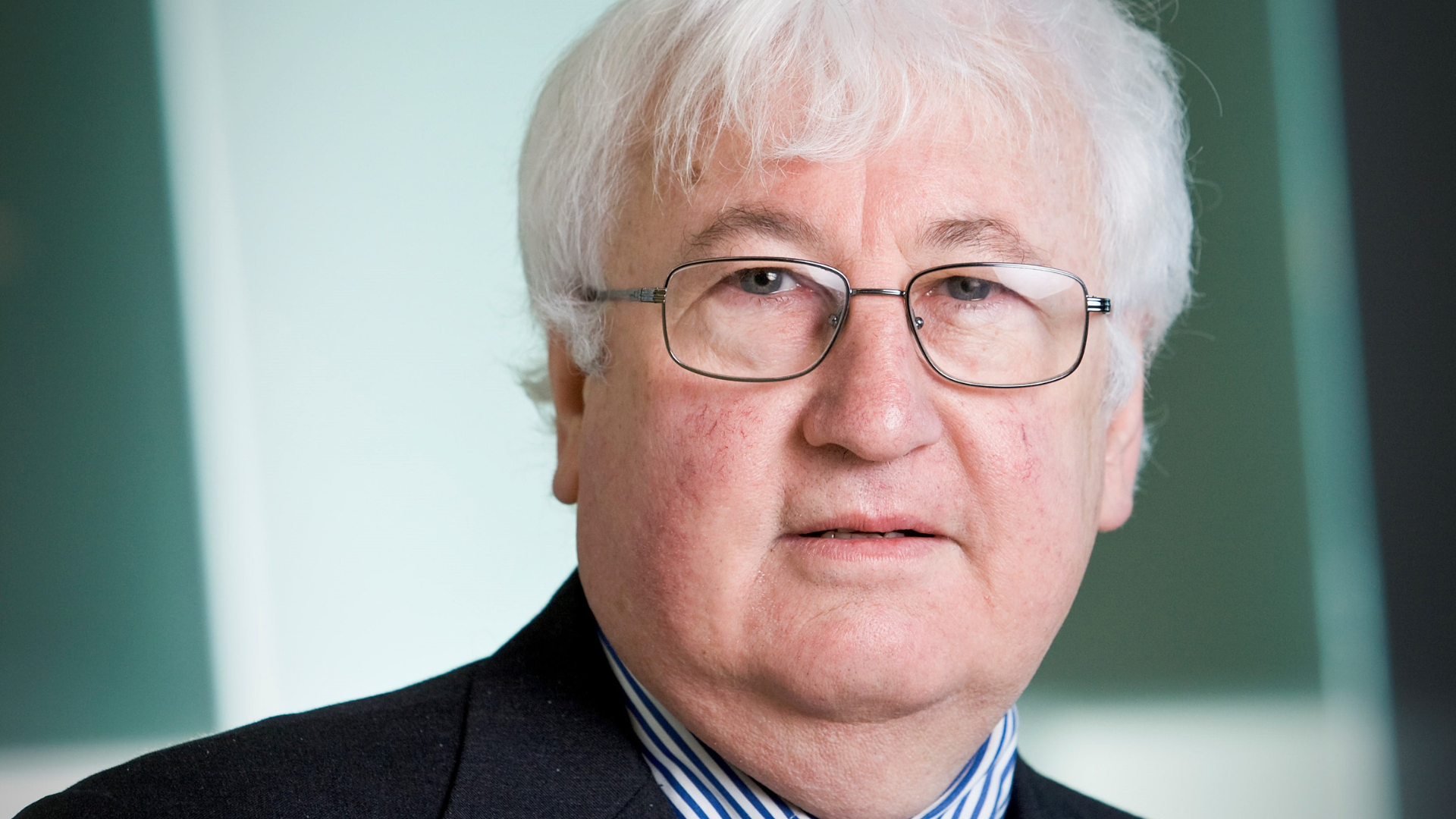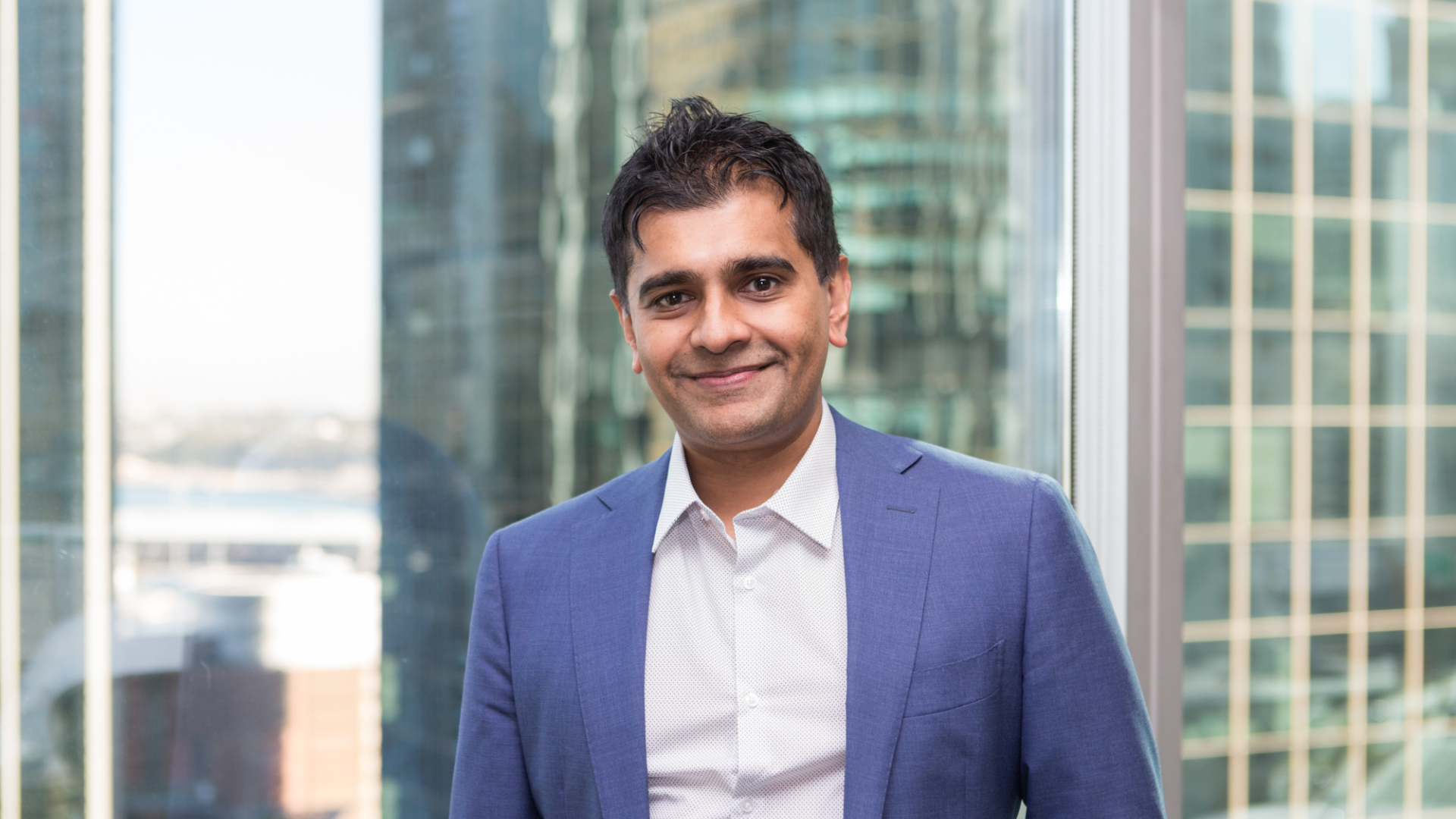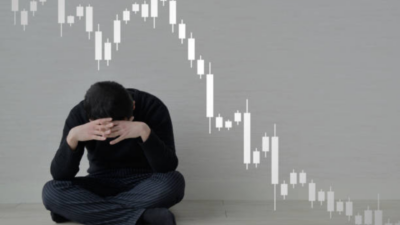Impact investing climbs the super fund returns ladder
The nascent world of impact investing, whereby funds management enjoins with philanthropy and governments in specific projects and/or strategies, is about to get much more professional. A new academic study shows what needs to be done to give the recent growth trend a kick along.
Michael van Niekerk, the author of “Scaling Impact Investment and its Contribution to the Sustainable Development Goals” says that, from his research, the most impact that big investors are likely to have, at least in the short-to-medium term, tends to be in the areas of providing social infrastructure, including social and affordable housing, environmentally sustainable businesses to do with alternative energy and water supply and other endeavours from which they can get an income stream. “Impact investing will become an important part of the responsible investing strategies for all large funds,” he says.
His worts-and-all study details all the difficulties that big investors have in the impact space, the main ones being lack of scale and lack of investable opportunities. But it also includes some recommendations for how the super industry can help develop the sector and benefit their own funds and businesses at the same time.
Van Niekerk, a former AMP executive, is realistic about what is achievable for investors. He says that the “low-hanging fruit” for investors is around renewables, such as water provision and housing.
“I think what would be very powerful would be to have an investor coalition to analyse all the opportunities,” he says. “Investors can have a big influence if they get involved. What they need to see, though, is professional practices in place.” The main way which investors should think if they look at the research, he believes, is fourfold:
- Firstly, investors, governments, regulators and investees need to think about the impact that investment capital is having on the planet, and consider not only the economic and financial returns, but also their “impact returns”. Investors can play a significant role in making the world a better place by directing capital at scale to impact investments targeted at the SDGs.
- Secondly, investors need to think about the SDG’s as an initiative that is providing significant impact investment opportunities, and a stimulus for business and economic growth.
- Thirdly, the impact investment market should be thought of more broadly; that is, it should include public and broad impact investment opportunities.
- Lastly, the industry should be inclusive of funds from all types and sizes of investors as this will grow and scale the industry. A bigger and more developed industry operating at scale will benefit the entire sector, and, importantly, provide more impact to those targeted investment areas.
The usual strategy around impact investing involves getting a philanthropic organisation to donate some money, a government provide a “soft” loan and a friendly super fund to invest at “inflation-plus X per cent”.
Ben Thornley, who is a co-founder of the San Francisco-based Tideline, and is well known in Australia from his time as a publisher of investment information, such as Investor Weekly, IFA magazine and Investor Supermarket, in the 2000s, says putting those good outcomes into an investable product is what it is all about. One of Tideline’s big clients is CalPERS, the largest pension fund in the US.
Van Niekerk’s main personal interest in the space, which has become increasingly diverse since he left AMP in 2016, is to do with the oceans. A keen surfer and swimmer, he organises the weekly “plastics clean-up” group in Rose Bay, one of Sydney’s leafier eastern suburbs.
“You know, 50 per cent of the carbon dioxide we produce ends up in the ocean,” he says. “So the oceans are acidifying. The shipping fishing companies are mainly private and it is really mayhem out there. It’s ‘out of sight out of mind’.”
He is also involved in looking to raise funding for a project which builds school rooms in outback regions, which are powered by solar energy. And he has a few other projects up his sleeve.
– G.B.

